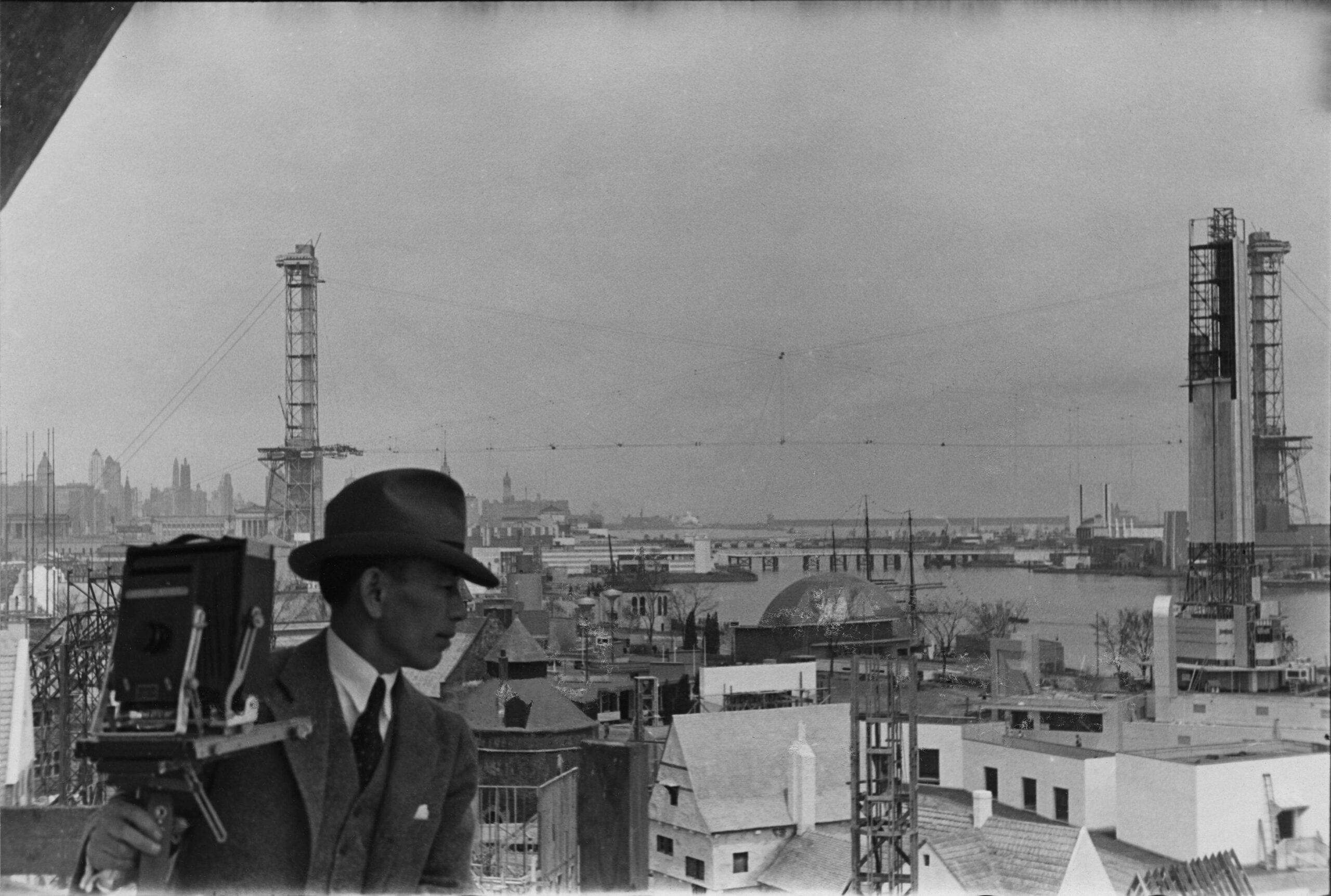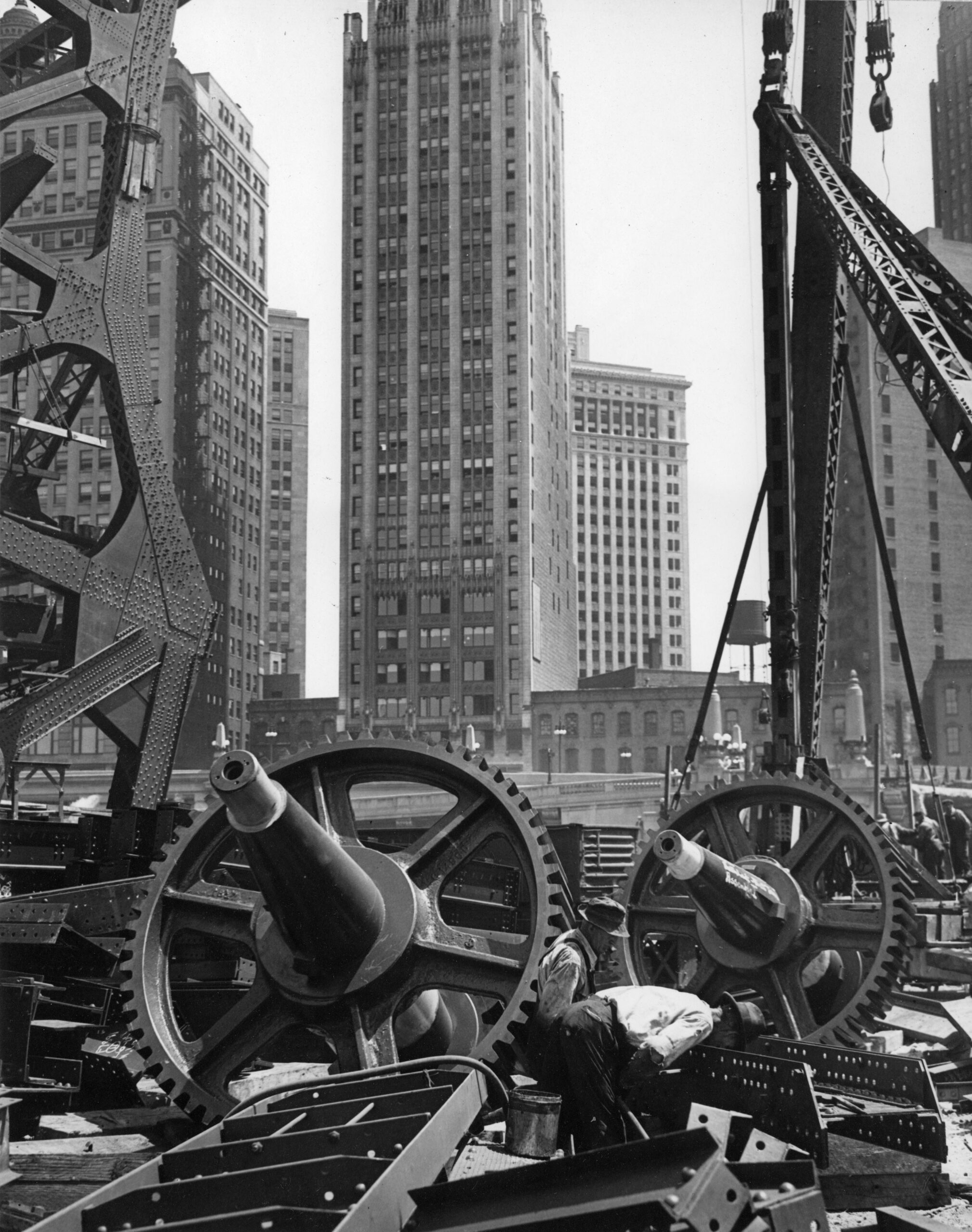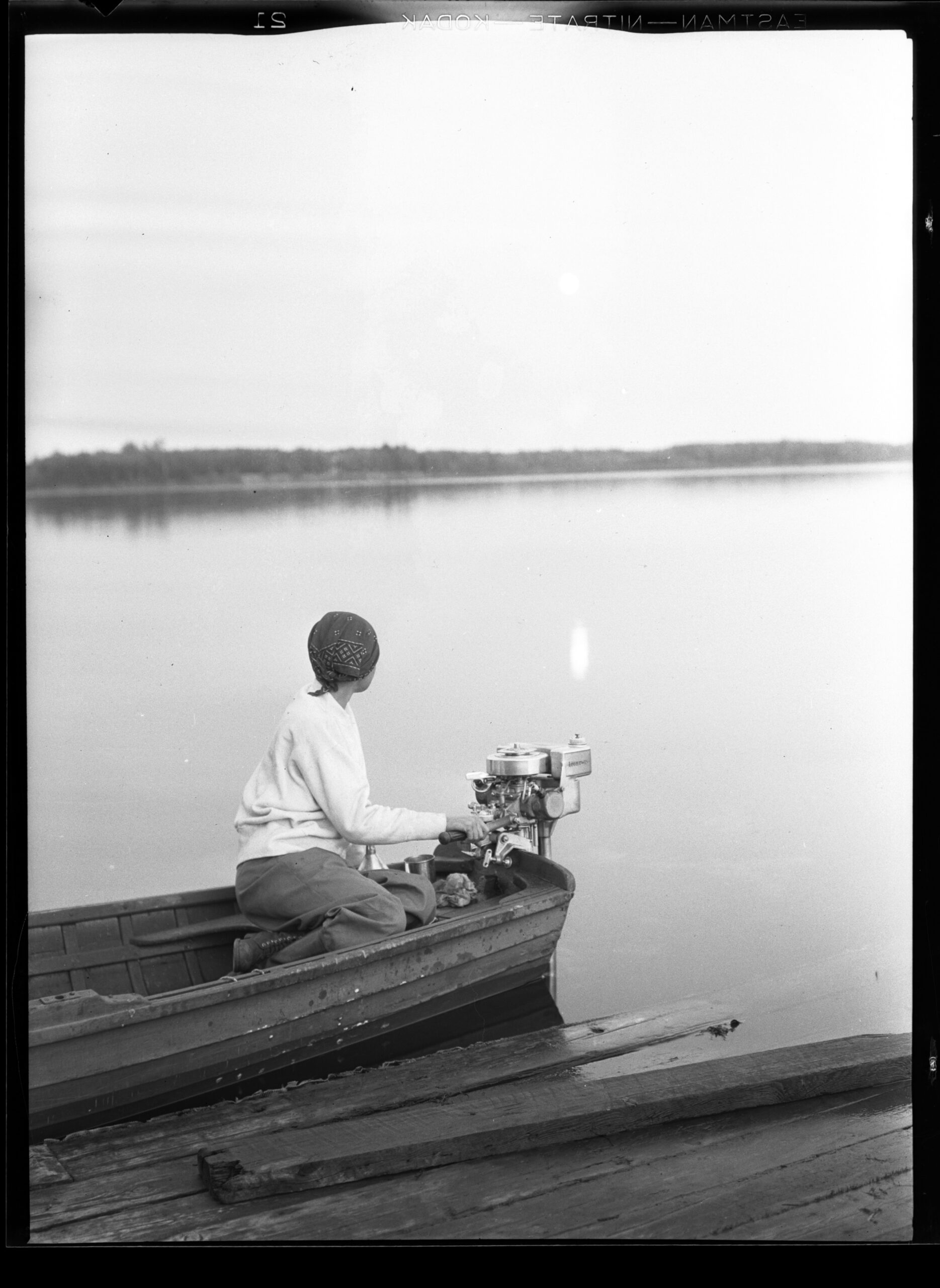Graham Harrison Lee is a determined man. It has taken him nearly two decades to give us a book about his great-uncle — and what an amazing man he was, and what a spectacular book is “Jun Fujita: Behind the Camera.”
This is the compelling and photo-splashed story of a man born in a small village near Hiroshima in Japan, who immigrated to Canada as a teenager, where he got his first camera. By 1909, he was here, one of only 235 Japanese living in Chicago. He worked as a train porter, a domestic servant, a construction worker and an actor, appearing in several films shot at the Essanay Studios on the North Side. He attended high school, graduating at 25, and later enrolled at what was then the Armour Institute (now the Illinois Institute of Technology) to study mathematics. To pay his tuition, he talked himself into a job as a photographer at the Chicago Evening Post. He was the first Japanese American photojournalist in this city and almost without argument the first in the country.
And then … And then for the next 20 years, he and his camera were seemingly everywhere. They were there in 1915 when the S.S. Eastland excursion ship went down in the Chicago River, taking 844 lives. They were there for the race riots in the summer of 1919, and were the first to arrive at the blood-splattered Clark Street garage and its St. Valentine’s Day Massacre in 1929.
He took photos of such famous people as Albert Einstein, Frank Lloyd Wright, William Butler Yeats, Clarence Darrow and Carl Sandburg.
Al Capone invited Fujita to a Thanksgiving charity dinner with a note, “bring your camera,” and is said to have offered him a job.
He was a writer too, publishing short tanka poems (similar to haiku) in Harriet Monroe’s Poetry magazine in the 1920s. In this roaring time, he was a local celebrity.
Lee tells a story in the book: “When asked why he didn’t pursue fame, Fujita is said to have told playwright Ben Hecht, ‘Does the polished stone on the shore of Lake Michigan yearn to move to the ocean? I am that stone.’”
He was also happily in love with a white journalist named Florence Carr. They built a cabin in the north woods of Minnesota and spent time there, while also continuing to live in Chicago, but were unable to marry until 1940. He would run his own photo studio, dying in 1963. She outlived him by a decade.
I first heard of Fujita and met Lee in 2017 when the Poetry Foundation mounted a terrific exhibition of photos and poems, “Jun Fujita: Oblivion.”
Lee told me then, “I was born two years after Jun died but he was always alive and around in our house, in his books on our shelves and his photographs. He and my grandfather (Florence Carr’s brother) were best friends and from the time I was a little boy I heard stories.”
He also told me about the book he had written and his search for a publisher.
He tells me now, “My wife Pam and I have been working on this book for 15 years. Yet when I think about Jun’s wife, Florence, and her efforts to publish his wildflower prints after his passing, I realize this project has truly been in the making for 50 years. It’s a continuation of her devotion, and now ours.
“Just as we were on the cusp of publishing a book, the pandemic struck and brought everything to a halt. For a time, it felt as though the momentum we had built was lost. But we didn’t have to wait long. We were incredibly fortunate that our friends at the Poetry Foundation connected us with J.C. Gabel and Hat & Beard Press in 2020. Like so many who encountered Jun’s story for the first time, Gabel was immediately captivated.”
Gabel spent many of his formative years here, and was a frenetic force on the local literary scene. You might remember his magazine, Stop Smiling, first created as a zine when he was a student at Columbia College and reborn some years later as a relatively lavish publication, billed as a “magazine for high-minded lowlifes.” In 2016, he and wife, Sybil Perez, started Hat & Beard Press in Los Angeles.
“The process was far from simple with this book,” Lee says. “There were countless details to revisit, new plans to make, a complete redesign of the book, and many production and scheduling hurdles to overcome. But over the next five years, we watched the pieces come together. It began to feel real.”
It is real and quite stunning, with dozens of photos and smart, lively text. Lee has been traveling in promotion of the book and is scheduled to speak at 7 p.m. Nov. 21 at Nelson Algren Museum of Miller Beach.
Lee further says, “My family and I are deeply proud of this definitive and beautifully crafted book about Jun’s life and work. I once heard someone say that stories are often just a generation away from being forgotten. I was determined not to let that happen to Jun’s remarkable story. This book is our way of keeping his legacy alive.”
I have yet to meet a person who, hearing the details of Fujita’s life and career doesn’t say, “How is it I’ve never heard of this guy?”
When WTTW-Ch. 11 producer Marc Vitali first heard of him and made a fine television segment about him some years ago, he told me, “They should make a movie about this guy. But they’d probably cast Brad Pitt.”
rkogan@chicagotribune.com





